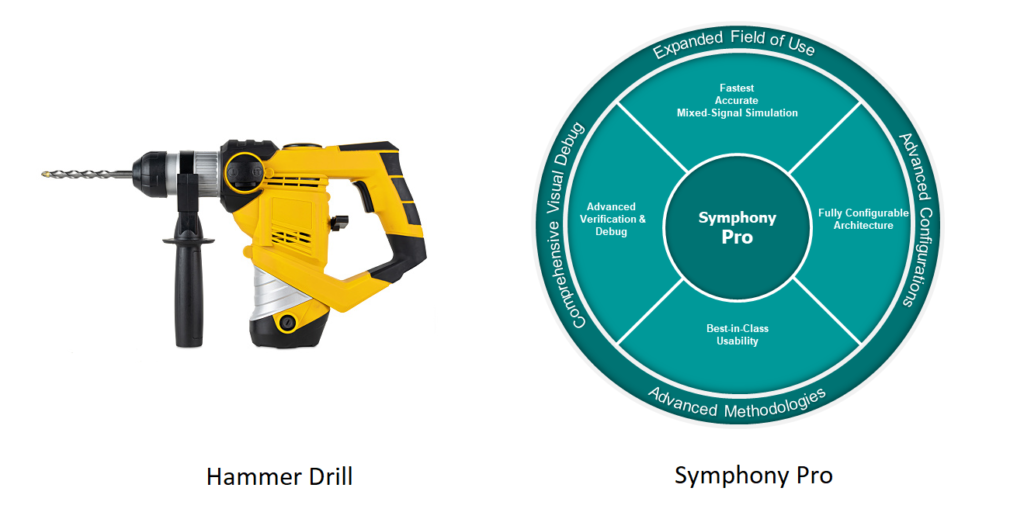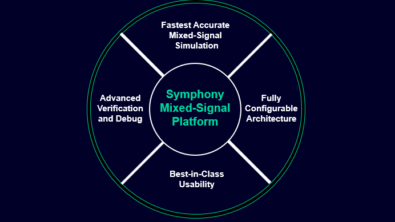Importance of Selecting the Right Tools – for Velarium to Verification

A couple of years back during the peak of the Covid lockdown, I was spending a good deal of time in my backyard when I realized we need to have an awning. After comparing quotes from different vendors, I decided to install the awning by myself. While I have accomplished many small projects at my home this was a much bigger and more challenging one. I bought 20 feet long 200 lb. awning which needs to be hung about 12 feet high above the ground. For me, it was more like installing the velarium over the Colosseum (here is a great story on it). My awning was heavy and would require a reliable fixture to the house that can hold it for years. This was a daunting task and with no prior experience with drilling in stucco, I started drilling with my all-purpose home drill which I have successfully used for many home projects. I keep failing and breaking the drill bits one after the other. My dad, a mechanical engineer, always advised me to select the right tools for the job when working with tools. The wrong tools can not only make the job more challenging but can also pose a safety risk. So, after learning more about drilling techniques for various surfaces I finally bought a hammer drill for this project. In addition to a regular drill rotation, a hammer drill adds a percussive action resulting in a bit that drills rotationally while slightly hammering into the material as it drills. This tiny little differentia was vital for the success of my project.
No matter what your project is, having the right tools can make a big difference in your productivity. If your task is to verify a mixed-signal SoC, you need to make sure you not only have the correct methodology but also the right tools to achieve your verification objective in a reasonable time. Digital verification methodologies are mature, structured, and have mastered the art of automation. Analog verification, on the other hand, traditionally relied on direct verification methods. While this might have been sufficient in the past, growing design size and complexity require more comprehensive and automated verification of mixed-signal SoCs. Analog verification teams must go beyond traditional approaches like directed tests, sweeps, corners, and Monte Carlo analysis. Teams need to adopt digital verification techniques to enable regression testing of mixed-signal SoCs. These techniques include automated stimulus generation, coverage, and assertion-driven verification combined with low-power verification.
Siemens EDA, Mixed-Signal Platform Symphony offers an average of 2 to 5X speed-up over traditional mixed-signal simulators while maintaining SPICE accuracy. It is fully configurable to work with all industry-standard digital solvers and provides robust debug capabilities within an easy-to-use environment. Not only that, Symphony is the only Mixed-Signal simulator that offers a unique Machine Learning-based variation-aware mixed-signal solution with Solido.
At DAC 2022, we introduced Siemens’s new Symphony Pro platform – built on the proven performance of Symphony and Questa Visualizer™ – to augment the support for digital-centric mixed-signal verification methodologies. Symphony Pro extends the rapid deployment of industry-standard Universal Verification Methodology (UVM) and UPF-driven low-power techniques into the mixed signal domain by offering exceptionally fast simulation performance in a unified environment for unprecedented throughput and capacity.
Symphony Pro’s Visualizer MS environment offers a seamless debugging experience across the entire mixed-signal design hierarchy with comprehensive analysis, automation, and ease-of-use for unmatched productivity. Features include the ability to view the entire mixed-signal hierarchy including SPICE, RTL, and behavioral source codes, a full schematic view with analog-digital connectivity, a comprehensive mixed-signal waveform viewer integrated with analog-centric EZWave, MSNet window for complete visibility of the boundary elements, and mixed-signal logic cone to trace digital, analog and mixed-nets through the entire design. Symphony Pro is one of the best tools in the industry for all your mixed-signal verification projects. Remember, with the right tools, you can set yourself up for success.
To learn more about Symphony Pro, please read this white-paper
(And to see my awning installation, head over to YT 😊 )


